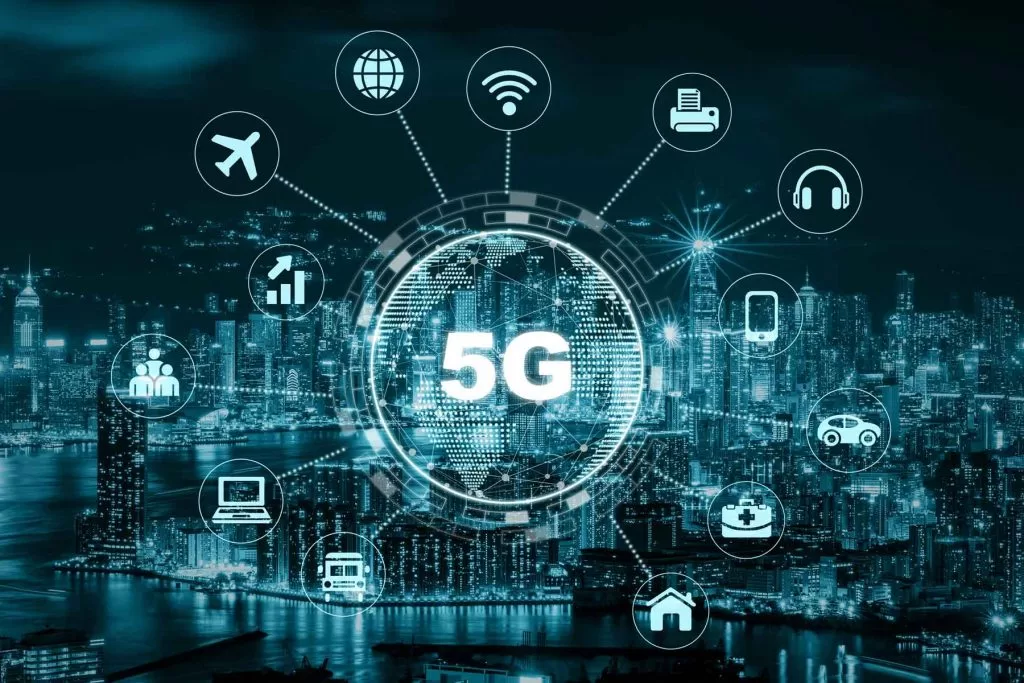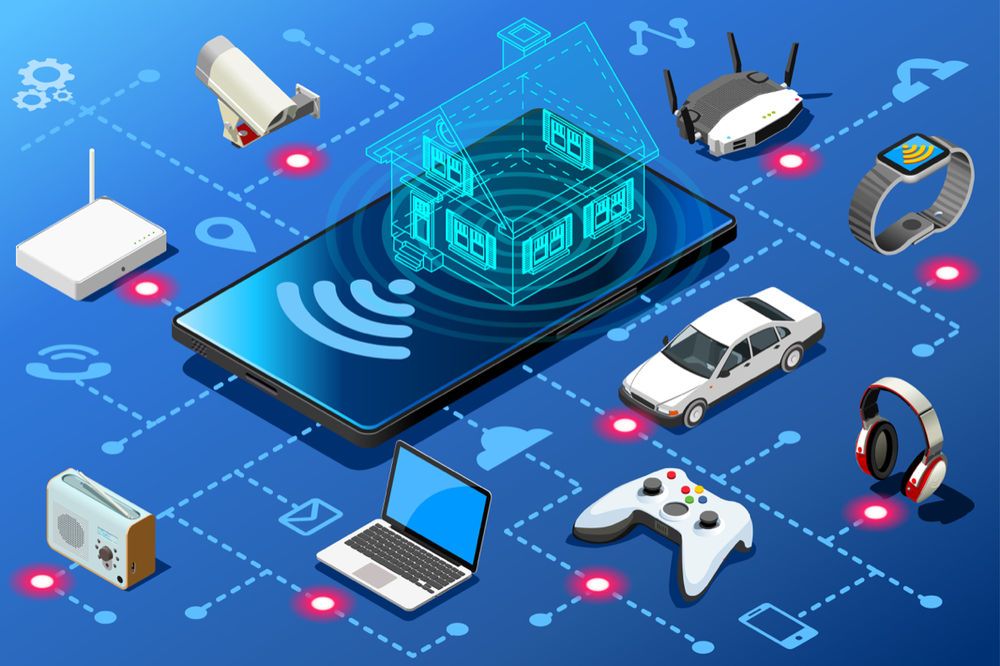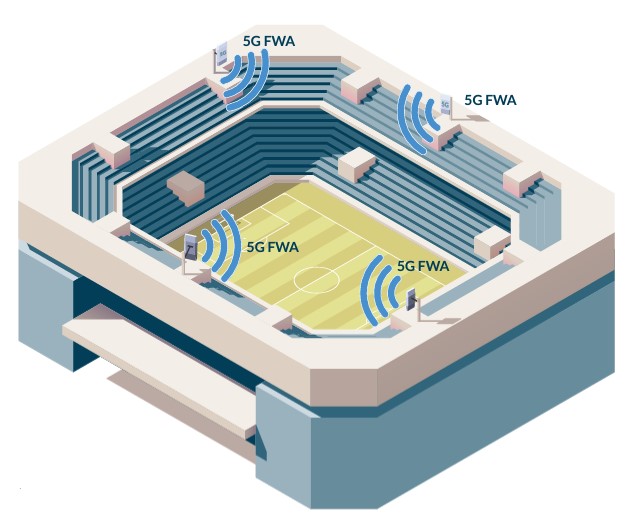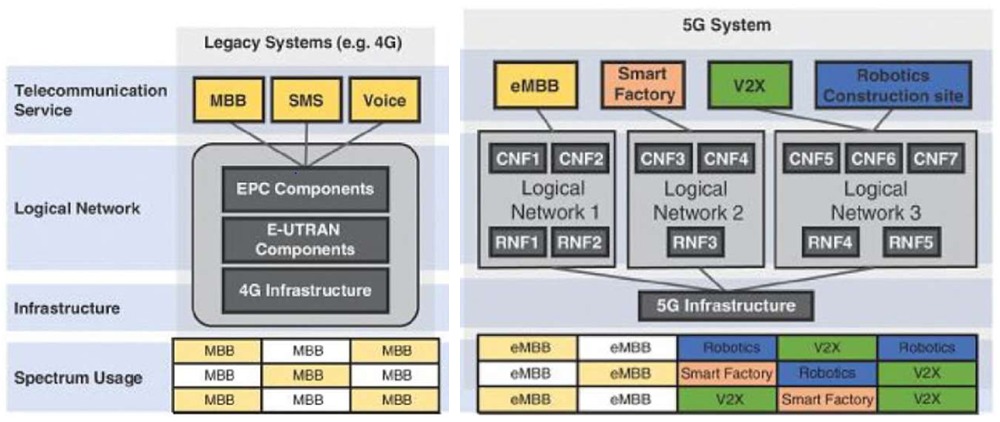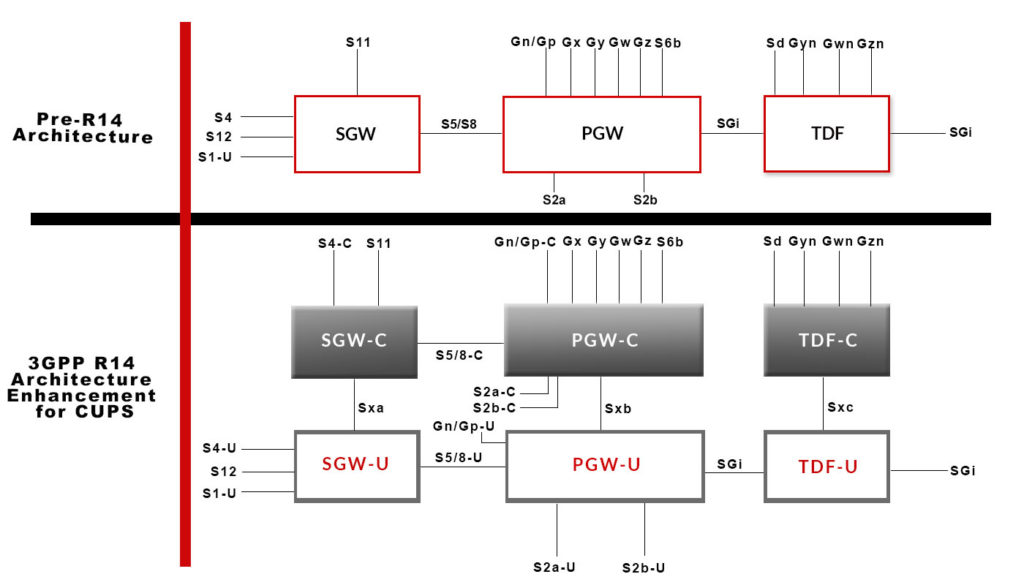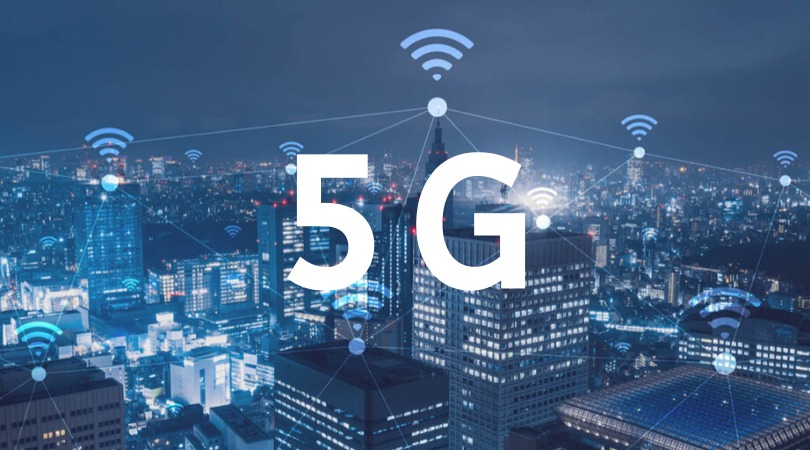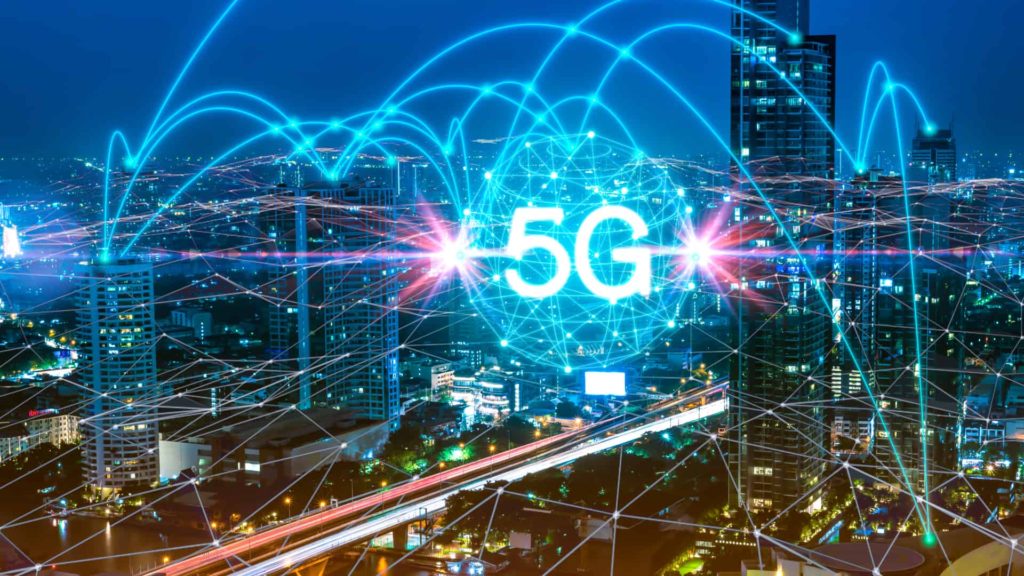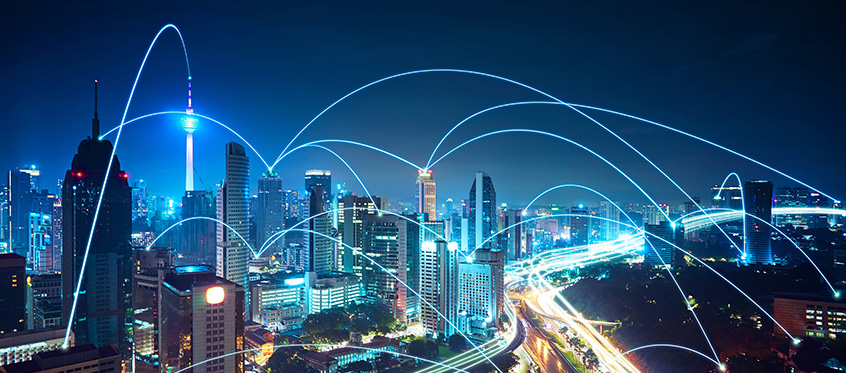Introduction
5G Network can provide high speed/throughput, high reliability, low latency, increased capacity, availability and connectivity, and dynamic bandwidth allocation.
These are the QoS attributes that will be consumed by and will characterize, the 5G services that they serve:
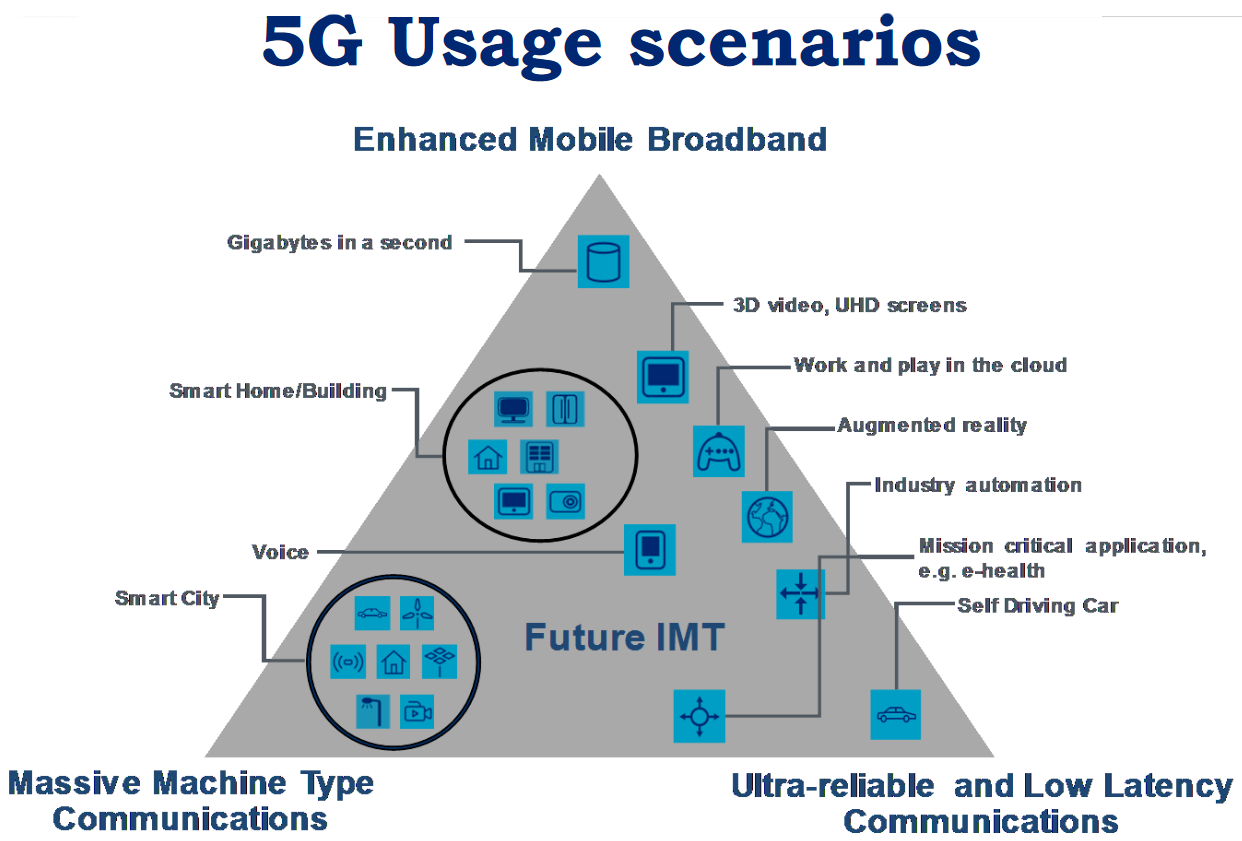
5G Use Cases, Source ITU
- eMBB (enhanced mobile broadband) – this requires high capacity, high speed, and dynamic bandwidth allocation. While high speed helps to upload and download video-based content faster and in gigabyte sizes, bandwidth can be allocated on demand for ultra-high-definition (UHD) video, virtual reality, augmented reality, etc.
- uRLLC (ultra-reliable and low-latency communications) – these services require high reliability, high availability, and low latency. High reliability supports mission-critical services such as connected robotic factories and remote surgery, while low latency makes delay-critical services such as autonomous cars and remote-controlled drones a reality.
- mMTC (massive machine-type communications) – high capacity, high speed, dynamic bandwidth allocation characterize this class of services. It is most suited for the internet of things (IoT) services like smart cities, serving billions of ‘things’ and ‘devices’ up to a density one million per square kilometer.
How will QoS improve with 5G?
Here is a quick round-up on the promised values of the 5G QoS parameters:
- Speed/throughput of 10Gbps, and a target of 20Gbps.
- End-to-end Latency reduced to a range of 1-10 milliseconds and to 0.5 milliseconds for the physical network.
- Network Availability stretched to 100%
- Reliability parameters like block error ratio for 5G expected to be 0.00001 in a 1 millisecond period, compared to 0.01 in 4G.
- Jitter brought down to 10-100 microseconds.
- Bandwidth from 100Kbps for small sensor devices to several hundred megabits per second for industrial robotic cameras.
To achieve these ambitious QoS values there is tremendous work being done on 5G MIMO antennas, 5G Cloud RAN, and the NFV core network.
What is QoS Flow Identifier (QFI)?
Within the 5G network, a Quality of Service (QoS) Class Identifier (QCI) mechanism, called 5QI, can be used.
5QI is a mechanism in which packets are classified into different QoS classes. In this way, the QoS can be tailored to specific requirements. Each QoS class has its own assigned QoS characteristics (such as packet delay and packet loss). As a result, some packets can get better QoS than other packets. Considering an architecture where Internet Access Services is provided through network slices in parallel to specialized services in other slices, 5QI could be used as a traffic management measure to offer Internet Access Services complying with the rules on reasonable traffic management for the provision of different “categories of traffic”.
QoS mechanisms offered by 5G
The QoS concept will be flow-based. Packets are classified and marked with QoS Flow Identifier (QFI). There will be two types of flows: One with standardized QoS profiles and the other with operator-specific QoS profiles.
For the first one, only the QFI value is used in the network. For the latter one, QoS attributes are also signaled between the network elements. The 5G QoS flows are mapped in the Access Network to Data Radio Bearers (DRBs), unlike 4G where the mapping is 1:1 between EPC and radio bearers. The
3GPP work on the 5G standard to refine and enrich the QoS concept over the next few years.
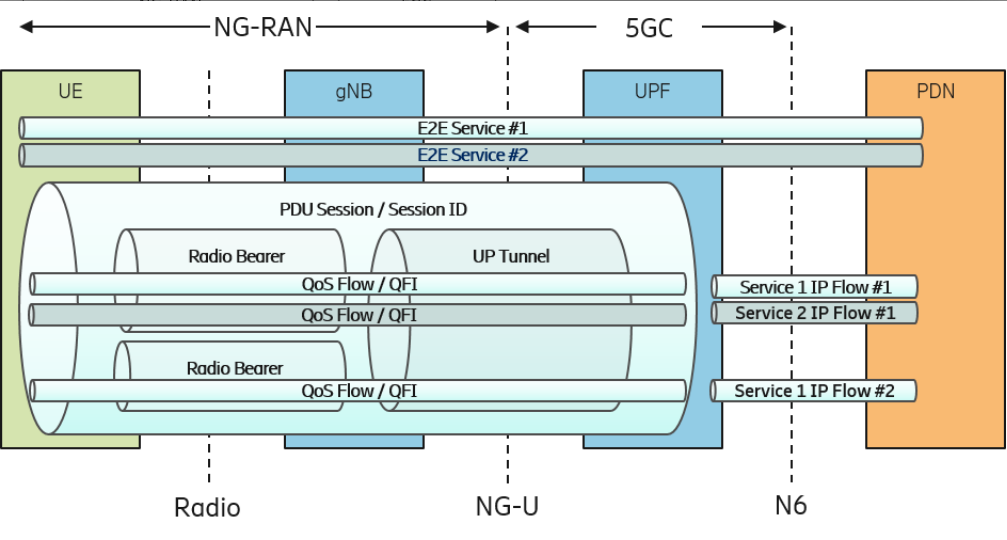
5G QoS, Source Ericsson
Unlike the bearer-based LTE QoS model, the 5G QoS model is flow-based. This is represented in the following ways:
- E2E services refer to the network or application services between a UE and the external Data Network, for example, the Internet. Different E2E services require differentiated QoS treatments.
- Each E2E service can have one or multiple IP flows. An SDF (Service Data Flow) is one IP flow or aggregation of IP flows of UE traffic classified by the type of service that is used.
- One or more SDFs can be transported in the same 5G QoS flow if they share the same QoS treatment.
- Each uplink and downlink packet is mapped to a QoS flow. This QoS flow provides an E2E forwarding treatment between the UE and the UPF throughout the lifetime of the PDU session.
- One PDU session can carry one or several QoS flows, where all QoS flows of a certain PDU session are sent over the same NG-U tunnel.
- QoS Flow ID (QFI) is used to identify a QoS flow in a PDU session. The user plane traffic with the same QFI within a PDU session receives the same traffic forwarding treatment, for example, scheduling or admission threshold.
- QFI is used in all PDU session types and the value it is unique in each PDU session.
- Each QoS flow is characterized by a set of parameters that are defined in a QoS profile, for example, 5G QoS Identifier (5QI), ARP, or Guaranteed Flow Bit Rate (GFBR).
- A radio bearer can carry one or several QoS flows. Each PDU session has a unique set of radio bearers and the gNodeB decides over which radio bearer a QoS flow is sent.
How 4G QoS is different than 5G QoS?
In 4G, LTE QoS is enforced at the EPS bearer level. In 5G, QoS is enforced at the QoS flow level. 4G LTE uses EPS bearers each assigned an EPS bearer ID. 5G uses QoS Flows, each identified by a QoS Flow ID (QFI).
As with 4G LTE both non-GBR flows and GBR flows are supported in 5G, along with a new delay-critical GBR. 5G also introduces a new concept – Reflective QoS.

4G Vs. 5G QoS
The QoS flow is the lowest level granularity within the 5G system and is where policy and charging are enforced. One or more Service Data Flows (SDFs) can be transported in the same QoS flow if they share the same policy and charging rules (similar to an EPS bearer in 4G LTE). All traffic within the same QoS flow receives the same treatment. There are several standardized 5QI values.
The following table, from 3GPP TS 23.501, provides the mapping from 5QI to QoS characteristics.

5QI to QoS Mapping
5G QoS Flow Descriptions
5G Network can provide the UE, one or more QoS flow descriptions associated with a PDU session during the PDU session establishment or at the PDU session modification. Each QoS flow contains the following details:
- A 5G QoS Identifier (5QI)
- An Allocation and Retention Priority (ARP)
- In the case of a GBR QoS Flow
- Guaranteed Flow Bit Rate (GFBR) for both uplink and downlink;
- Maximum Flow Bit Rate (MFBR) for both uplink and downlink;
- Maximum Packet Loss Rate for both uplink and downlink;
- Delay Critical Resource Type;
- Notification Control.
- In the case of Non-GBR QoS Flow
- Reflective QoS Attribute (RQA)
- Session-AMBR
- UE-AMBR
5G QoS Flow Characteristics
5G QoS characteristics describe the packet forwarding treatment that a QoS Flow receives edge-to-edge between the UE and the UPF in terms of the following performance characteristics:
- Resource Type (GBR, Delay critical GBR or Non-GBR)
- Priority Level
- Packet Delay Budget
- Packet Error Rate
- Averaging window (for GBR and Delay-critical GBR resource-type only)
- Maximum Data Burst Volume (for Delay-critical GBR resource-type only)
The 5G QoS characteristics should be understood as guidelines for setting node-specific parameters for each QoS Flow e.g. for 3GPP radio access link layer protocol configurations. Standardized or pre-configured 5G QoS characteristics, are indicated through the 5QI value and are not signaled on any interface unless certain 5G QoS characteristics are modified.

